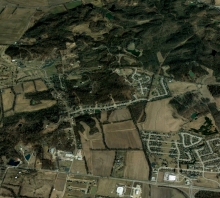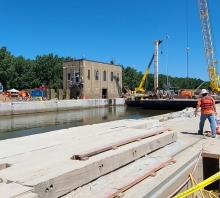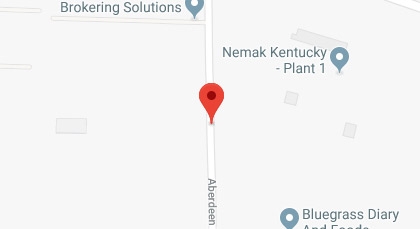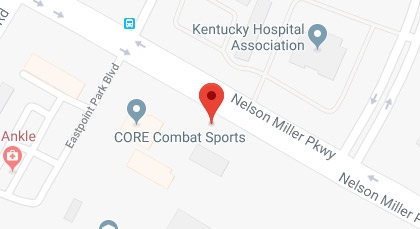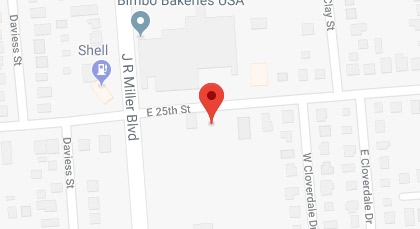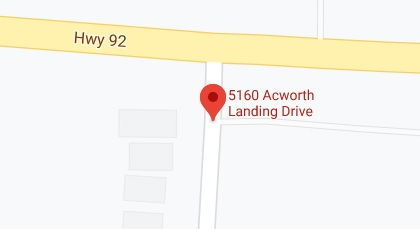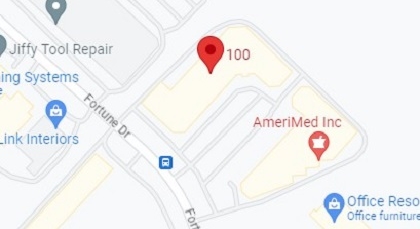Maker’s Mark Distillery in Loretto, Kentucky, was looking to increase production of Maker’s 46–the Distillery’s top-shelf bourbon whisky, aged nine weeks longer than their traditional Maker’s Mark bourbon. But there was a catch—unlike traditional bourbon aging that is reliant on the extreme seasonal temperature fluctuations, the Maker’s 46 chemical process only worked in a cold environment, limiting production to Kentucky’s short 7-month winter season. To keep up with the demand for their product, the Distillery needed a barrel storage facility capable of producing Maker’s 46 year-round.
AEI provided the solution with the structural design of The Cellar, based on the centuries old wine cellar. The Cellar is a distinctive storage building recessed into the side of a hill with 10,000 tons of rock excavated to create a 35-FT tall natural limestone wall that serves as the rear interior wall. Weathered rock and erodible limestone necessitated excavating 15 feet further into the hillside than planned to achieve a structurally sound rock shelf.
Incorporating the rock into the finished structure eliminates expensive retaining walls and naturally provides a consistent 50° environment for aging all year long. The Cellar roof, designed like a bridge superstructure with 4-FT wide, 60-FT long precast concrete box beams, eliminates interior columns for efficient rack placement.
18-inch thick reinforced concrete side walls were dowelled into the rock below and stair-stepped down the hillside, taking further advantage of the natural limestone. The green roof with two feet of soil has a drainage blanket below that drains water to the scuppers and away from the building.
Energy efficiency and green infrastructure made the facility a candidate for LEED certification. Five additional months of production met the sales demand and supports the Kentucky bourbon industry, where more than $1.1 billion in capital projects benefitting the engineering community are planned or underway. This one-of-a-kind storage facility achieved the production objectives of the client while creating a distinctive structure reflective of the first-class Maker’s Mark quality, tradition, culture, and aesthetics.










